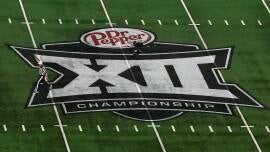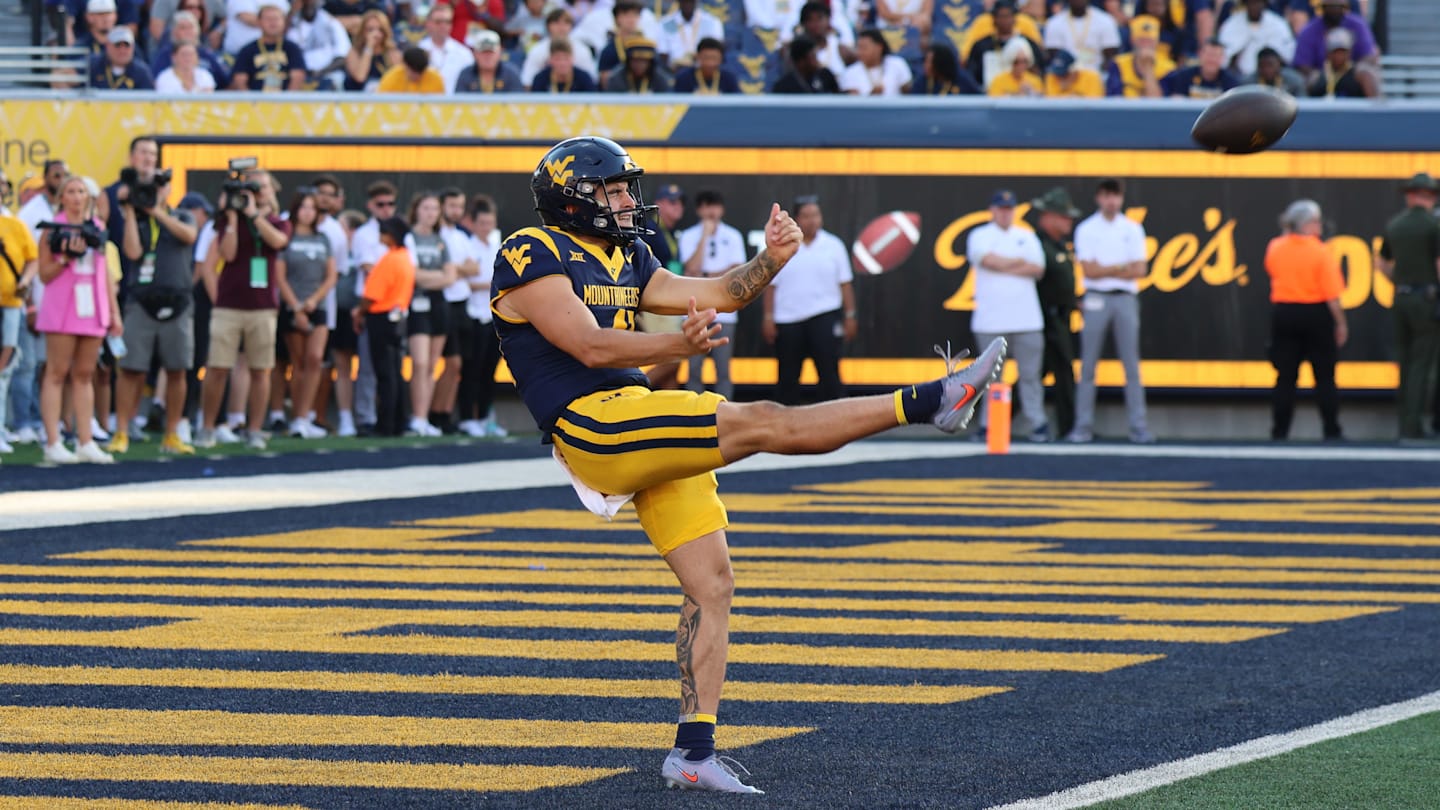When do the Utes play BYU? How many NCAA Tournament teams from last season visit the Huntsman Center? The details are out.
All the game dates and opponents are locked into place for both the Utah men’s and women’s basketball teams in the upcoming season, after the Big 12 announced the league schedule for both sports this week.
The women’s schedule came out Monday, with the men’s schedule being released Tuesday.
Advertisement
What stands out from the Utah men’s basketball 2025-26 schedule
One of the biggest surprises on Utah’s Big 12 schedule is that the Runnin’ Utes will play BYU twice in January, just two weeks apart. Utah hosts the Cougars at the Huntsman Center on Jan. 10, then plays in Provo on Jan. 24. The Cougars and Utes split the season series last year, with each team winning at home.
BYU is the only Big 12 team that made the NCAA Tournament last season that Utah will face twice during the conference schedule. The Utes also will face Arizona State and Colorado twice.
The Utes will host national runners-up Houston on Feb. 10. Utah played the Cougars in Houston last season, where it lost by 34.
Advertisement
To open Big 12 play, the Utes will host Arizona on Jan. 3, before school is back in session following the Christmas break. The Wildcats made the NCAA Tournament last year.
Other Big 12 teams that made the NCAAs last season that the Utes will face include hosting Iowa State (Feb. 24), while Utah will travel to Baylor (March 7), Texas Tech (Jan. 14) and Kansas (Feb. 7).
The Utes’ game at Kansas will be their first trip to historic Allen Fieldhouse since joining the Big 12.
During nonconference play, though the Utes have an exhibition game at Oregon, they won’t leave the state during the regular season for the first six games.
Advertisement
Two of Utah’s toughest out-of-conference matchups will happen at the Acrisure Series in California, when the Utes face Grand Canyon, then either Ole Miss or Iowa.
Utah will hit the road twice in nonconference play to take on former Pac-12 rivals in California (Dec. 2) and Washington (Dec. 29).
Weber State is back on Utah’s schedule. The Utes host the Wildcats on Nov. 8.
Utah men’s basketball 2025-26 schedule
Nonconference play
-
Oct. 17 — Nevada (exhibition)
-
Oct. 24 — at Oregon (exhibition)
-
Nov. 3 — San Jose State
-
Nov. 8 — Weber State
-
Nov. 10 — Holy Cross
-
Nov. 15 — Sam Houston State
-
Nov. 18 — Purdue Fort Wayne
-
Nov. 20 — Cal Poly
-
Nov. 25 — vs. Grand Canyon (Acrisure Series, Palm Desert, California)
-
Nov. 26 — vs. Ole Miss or Iowa
-
Dec. 2 — at California
-
Dec. 6 — Cal Baptist
-
Dec. 13 — vs. Mississippi State (Delta Center)
-
Dec. 20 — Eastern Washington
-
Dec. 29 — at Washington
Big 12 schedule
-
Jan. 3 — Arizona
-
Jan. 7 — at Colorado
-
Jan. 10 — BYU
-
Jan. 14 — at Texas Tech
-
Jan. 17 — TCU
-
Jan. 20 — at Kansas State
-
Jan. 24 — at BYU
-
Jan. 31 — Oklahoma State
-
Feb. 4 — Arizona State
-
Feb. 7 — at Kansas
-
Feb. 10 — Houston
-
Feb. 15 — at Cincinnati
-
Feb. 18 — at West Virginia
-
Feb. 21 — UCF
-
Feb. 24 — Iowa State
-
Feb. 28 — at Arizona State
-
March 3 — Colorado
-
March 7 — at Baylor
-
March 10-14, Big 12 Tournament (T-Mobile Center, Kansas City)

Utah Utes players rush to celebrate with guard Matyson Wilke (23), bottom left, after she made a buzzer beater to win the game against BYU in overtime during a Women’s NCAA basketball game at the Jon M. Huntsman Center on the campus of the University of Utah in Salt Lake City on Saturday, March 1, 2025. | Brice Tucker, Deseret News
What stands out from the Utah women’s basketball 2025-26 schedule
Utah will open its conference portion of its schedule at Arizona on Dec. 22, followed by the Big 12 home opener on New Year’s Eve against Arizona State.
Advertisement
The Utes will play at BYU on Jan. 31, then host the Cougars on Feb. 21. In last year’s game at the Huntsman Center between the two schools, Maty Wilke hit a half-court buzzer-beater to lift Utah past BYU in overtime. The Utes have won their past four games against BYU.
Utah will host defending Big 12 champion TCU on Jan. 3. The Utes lost to the Horned Frogs in Fort Worth, Texas, last season. TCU advanced to the Elite 8 in the NCAA Tournament.
The Utes don’t have a home-and-home with any of the other six Big 12 teams that, like Utah, made the NCAA Tournament. In addition to hosting TCU, the Utes will face Baylor, West Virginia and Iowa State from that group, while traveling to Kansas State and Oklahoma State.
The three teams Utah will face twice — both home and away — include BYU, Arizona and Arizona State.
Advertisement
The highlight game from the nonconference slate is against defending national champion UConn, as well as Syracuse, in the Basketball Hall of Fame Showcase at Mohegan Sun Arena in Uncasville, Connecticut, just before Thanksgiving.
One late addition to the nonconference schedule is that Utah will play at former Mountain West Conference foe Colorado State on Dec. 4. The game was announced by the Rams last week.
Utah women’s basketball 2025-26 schedule
Nonconference play
-
Oct. 27 — Western Colorado (exhibition)
-
Nov. 3 — San Diego State
-
Nov. 7 — at Utah State
-
Nov. 11 — Utah Valley
-
Nov. 15 — Washington
-
Nov. 21 — vs. Syracuse (Basketball Hall of Fame Showcase, Uncasville, Connecticut)
-
Nov. 23 — vs. UConn (Basketball Hall of Fame Showcase, Uncasville, Connecticut)
-
Nov. 26 — Weber State
-
Nov. 29 — at Montana
-
Dec. 4 — at Colorado State
-
Dec. 10 — Boise State
-
Dec. 14 — Northwestern
-
Dec. 17 — UC Riverside
Big 12 play
-
Dec. 22 — at Arizona
-
Dec. 31 — Arizona State
-
Jan. 3 — TCU
-
Jan. 7 — at Kansas
-
Jan. 10 — at Kansas State
-
Jan. 14 — Baylor
-
Jan. 17 — at Houston
-
Jan. 24 — Texas Tech
-
Jan. 27 — West Virginia
-
Jan. 31 — at BYU
-
Feb. 4 — at UCF
-
Feb. 7 — Iowa State
-
Feb. 11 — at Arizona State
-
Feb. 14 — Cincinnati
-
Feb. 16 — at Oklahoma State
-
Feb. 21 — BYU
-
Feb. 24 — at Colorado
-
Feb. 28 — Arizona
-
March 4-8, Big 12 Tournament (T-Mobile Center, Kansas City)
Source: Utah News








